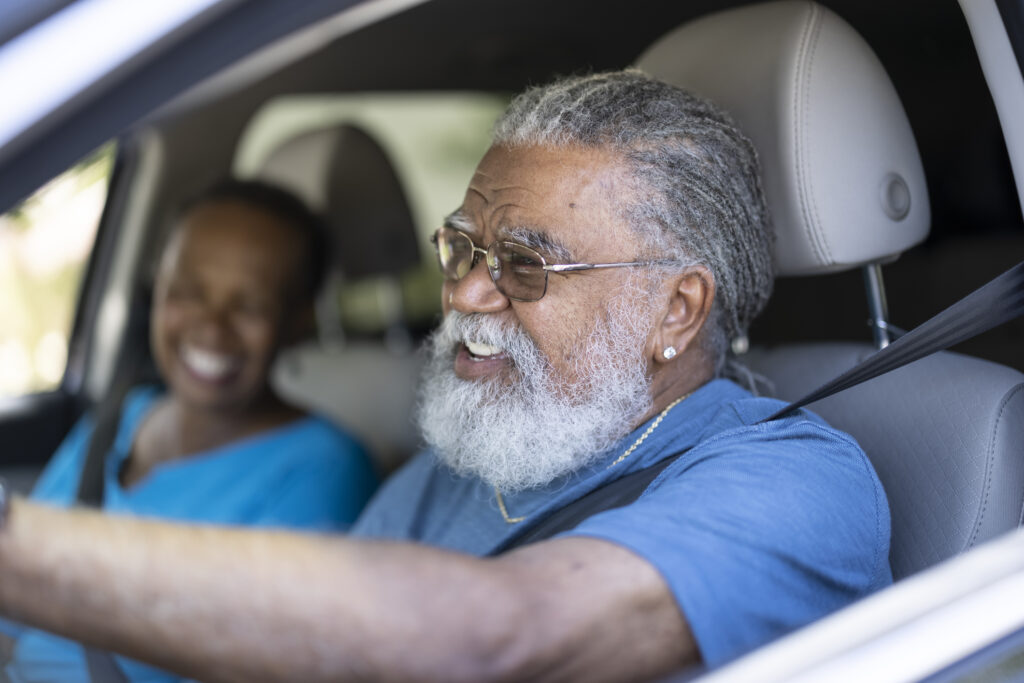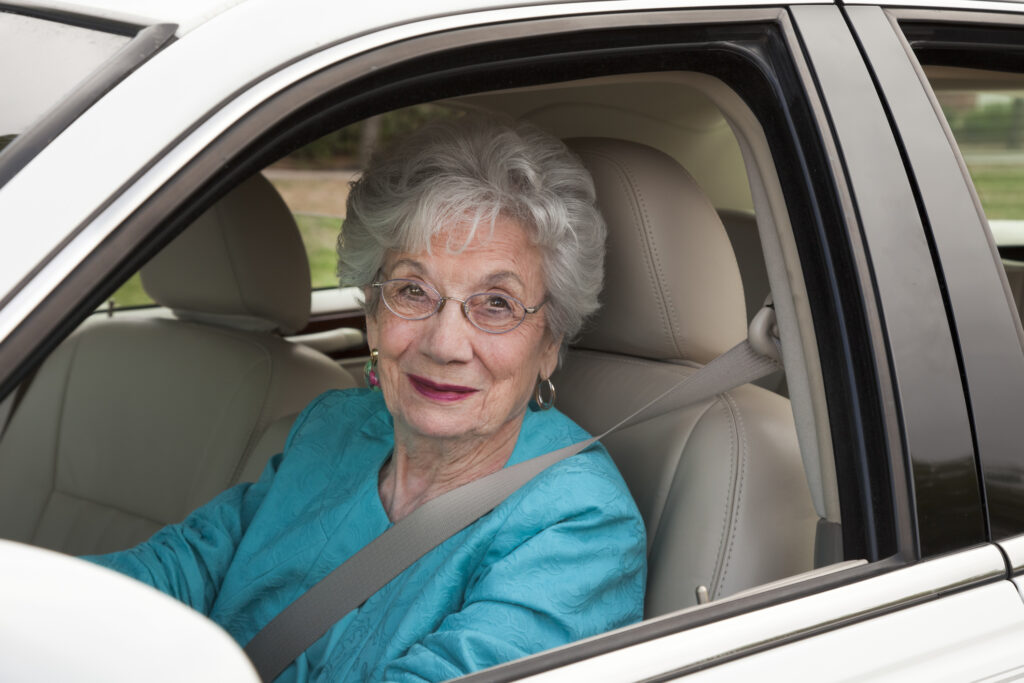Published April 1, 2025
Driving helps keep older adults connected to services and their communities. However, their driving abilities can be affected by age-related declines in vision and cognitive functions, such as reasoning and memory. Motor vehicle crashes are the second leading cause of injury death (after falls) among adults ages 65 and older in the U.S.
In the U.S., states have a process to evaluate drivers who may no longer be fit to drive, called driver license review.
University of Iowa study
A new University of Iowa study, published in Injury Epidemiology, examined the effects of driver license renewal policies on motor vehicle crashes and injuries among older drivers in 13 states over two decades.
The study found that states generally moved towards loosening licensing policies for older drivers. Policies investigated included renewal period, in-person renewal frequency (versus online), vision testing, knowledge testing, on-road drive testing, and mandatory physician reporting related to fitness to drive.
Longer renewal periods and/or less frequent in-person renewal were associated with increased crash and injury rates for older drivers.
The study, led by Cara Hamann, associate professor in the Department of Epidemiology, was one of the UI IPRC’s CDC-funded center research projects. Police-reported crash data, state license renewal policy data, and demographic data (years 2000-2019) were analyzed from 13 Mountain West and Midwest states, including Iowa. The study population included over 19 million drivers aged 40 and older who were involved in motor vehicle crashes.

The study updated past analyses of fatal crashes, while expanding upon past work by also examining non-fatal crashes.
Hamann said it is not clear why states may be loosening driving license renewal restrictions, but doing so is likely aligned with customer (driver) demand, especially related to having more options to renew online versus in-person.
“Inadequate/limited resources, in terms of having staff and facilities to accommodate more frequent renewals, may also partially explain the loosening around how frequently a person has to renew their license,” she said.
Longer renewal periods and less frequent in-person renewals
During the study period, 7 of the 13 states loosened their licensing renewal policies either by allowing people to renew their licenses online rather than in-person or by increasing renewal periods across all ages. In 2010, 39% of states required renewal every five years or more for drivers aged 75 and older; In 2019, this increased to 54% of states (in the direction of increased time between renewals).
Crash rates were higher with policies that required drivers aged 65 to 75 to renew their licenses in-person less often than every other time compared to every time.
For drivers older than age 75, all states required that they renew in-person every time or every other time; however, policies that had longer times in between in-person renewals (compared to shorter times in between in-person renewals) for this age group were associated with increased injury rates.
Limited evidence of other driving license renewal policies
The study found limited evidence about how well knowledge, vision, and driving tests reduced crashes and injuries among older adults because these tests varied little between the states in this study.
None of the 13 states had mandatory physician reporting, requiring physicians to report a patient’s fitness to drive if concerns arise (e.g., conditions related to cognition, brain function, and vision impairment that could impact driving ability). Most states did not require a driving test to renew a license for drivers aged 40-74 years (92%) and 75 years and older (85%). In both 2010 and 2019, 92% of the states in the study mandated vision tests for drivers aged 75 and older at every in-person renewal.
Hamann said there are other driving restrictions that many states already use; however, these are only utilized on a case-by-case basis and are not something that universally apply when a driver hits a certain age.
“For example, there are restrictions related to when a person can drive, like during daylight hours only, or where, such as on roads with lower speed limits, or within a certain distance from their home,” she said.

Older drivers in rural communities
For residents of rural areas, driving is frequently the sole practical means of transportation due to the lack or severe limitation of transit and ride services. Consequently, the ability to drive is closely tied to the mobility of older drivers and their access to services, which are often associated with social connectedness and overall quality of life.
Losing driving privileges too soon or when unwarranted causes premature driving cessation, Hamann said, which can be better avoided by having policies that assess abilities rather than look strictly at age.
“Assessing fitness-to-drive rather than using age cut-offs is ideal because age itself is not a good indicator of driving performance, she said. “Age cut points may be too early for some drivers, but too late for others.”
Iowa’s driver licensing renewal policy
The Iowa Department of Transportation developed the nation’s first integrated system in 2014 to track medical referrals for fitness-to-drive along with the driver’s licensing outcomes and future motor vehicle crashes.
In Iowa, all drivers ages 78 and older must renew their license in person every 2 years. This law became effective in 2020. Previously, the age requirement was ages 72 and older.
A 2021 study tracked data of 20,500 Iowan drivers through the license review and medical referral process (2014-2018). The average age of the drivers was 77 years old.
Most referrals to review a driver’s fitness-to-drive came from Iowa Department of Transportation licensing officials (40%) during license renewal. During this time, they assess a driver’s fitness using screening tests and ask about any changes in medical conditions.
Drivers referred for evaluation by licensing officials were less likely to have their licenses denied compared to those referred by other sources. However, referrals from licensing officials were more likely to lead to license restrictions. In contrast, drivers referred by law enforcement or physicians were more likely to have their driving licenses ultimately denied.
Some resources:
In-person License Renewal: An Important Tool to Identify Older Adults with Reduced Driving Abilities and Improve Road Safety (UI IPRC policy brief)
Medical referral and license disposition for drivers in Iowa (research)
The Medical Referral Process and Motor-Vehicle Crash Risk for Drivers with Dementia (research)
Road Safety (UI IRPC Research and Practice Action Team)
Older Adult Drivers (CDC)
Older Drivers (NHTSA)
Iowa study examines older adults’ driving errors and crash risk factors